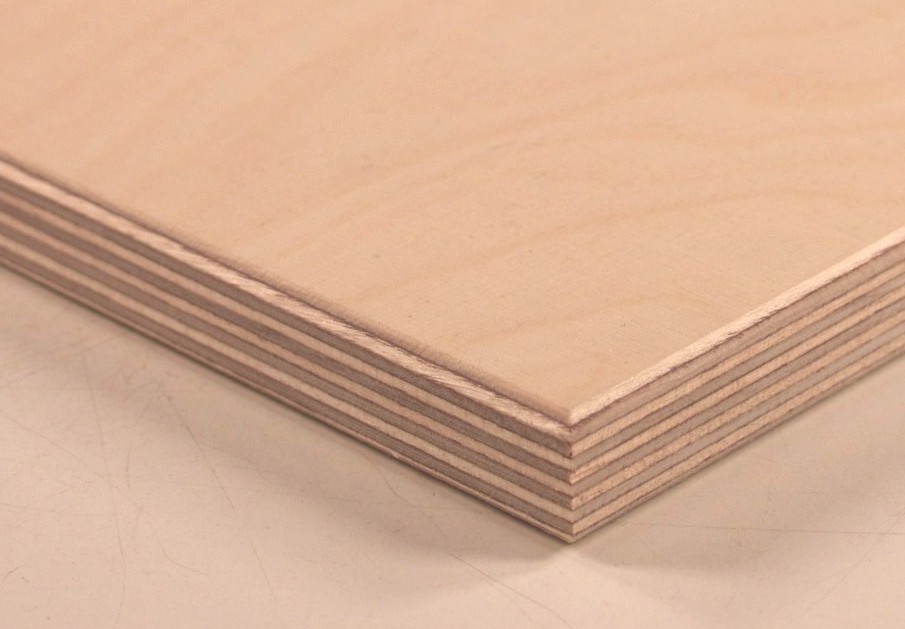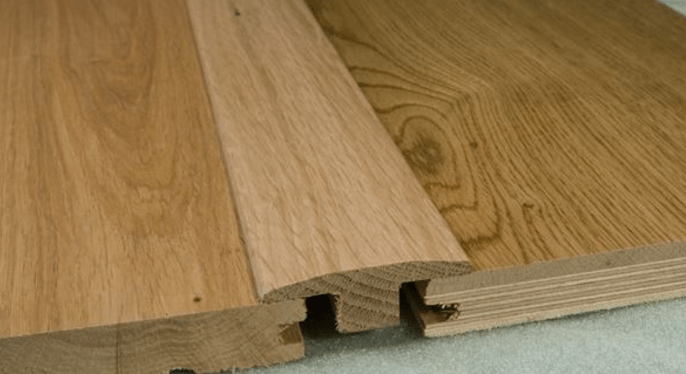At T&G Flooring, not only are we one of the largest flooring retailers in the Front Range, but we also do every type of hardwood flooring installation. Once you’ve decided on the type of hardwood floor you want, we need to talk about the best installation method, whether nail down, glue down, or floating hardwood floors. We want all of our clients to be a part of each decision, so we want to share as much information as possible so that they can make informed decisions. Here are things to consider for choosing nail down, glue down, or floating hardwood floors.

If you want floating floors, you need a plywood subfloor.
Factors in hardwood flooring installations
Although you can change the appearance of your hardwood floors over time, the installation method is going to be forever. So, make sure you take all factors into consideration before choosing an installation method. As with anything that will have a dramatic impact on your home, you want to make smart decisions. How you install your floors will affect the appearance, the cost, the feel, as well as, the sound of your floors.
Type of subfloor
The subfloor is one of the biggest factors in choosing an installation method. For floating floors, a plywood subfloor is necessary. If you already have a concrete subfloor, you won’t be able to nail down your floors. Talk to a hardwood flooring expert to go over your options based on the type of subfloor you have.
Floating floors

Floating floors will require t-moldings.
A floating floor is just that, floating. This type of installation is often the most cost-effective, as you don’t need to use glue or nails for the installation. However, you will need to get some t-moldings for the doorways. Floating floors are great for a house that has hardwood floors in every room or an open plan home. However, there are a few challenges with floating floors.
Challenges with floating floors
Since a floating floor isn’t glued or nailed down they are even more susceptible to temperature and climate changes than other types of floors. A floating floor is like one organic piece of wood. Floating floors are glued together at the edges so that when the floor is installed, it’s like one giant floor, not a bunch of separate floorboards. That means that when one area of the floor begins to contract or expand with temperature changes, it will affect the floor in the entire house.
Glue and nail down floors
With glue and nail down installations you have better control of the floor. Each board will move independently of other boards. When you are cooking in the kitchen, the extra moisture in the air will only affect the wood in the kitchen, not every piece of floorboard throughout the house.

Nail and glue down floors will feel and sound more solid than floating floors.
Feel and sound
The sound and feel of your floors will have an impact on your enjoyment. Since floating floors are floating over a soft plywood subfloor, they may give off a sound that is more hollow than glue or nail down floors. Floating floors will also feel a bit more bouncy, as they have a bit more give due to the installation method. Glue and nail down floors will feel and sound a bit more solid.
The installation experts at T&G Flooring in Denver can help you make the right decision about how to install your hardwood floors. Schedule a free consultation, and we’ll go over your installation options, considering all factors.

